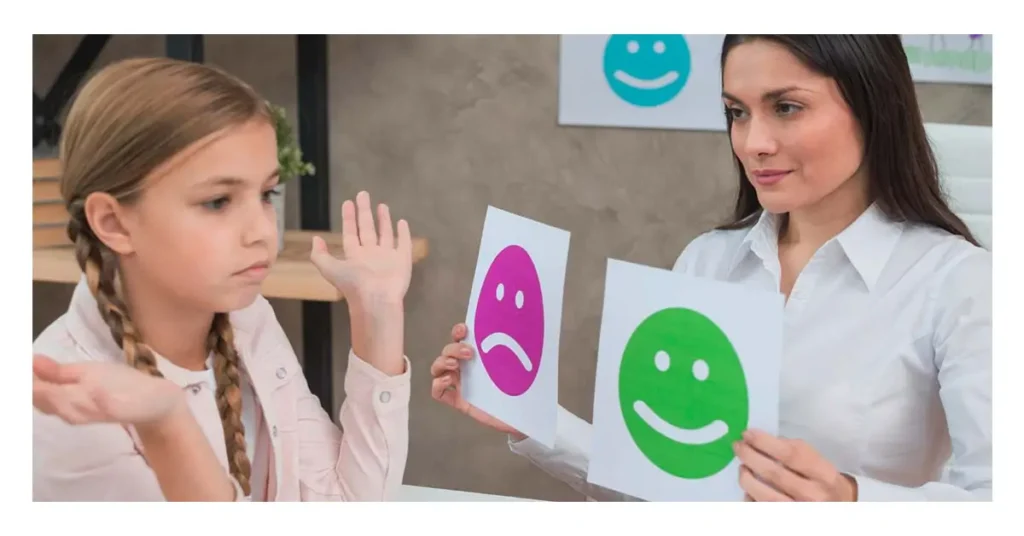Boost Brainpower and Coordination through Exercises for Older Adults. Improve hand-eye coordination with these five exercises tailored for aging adults. Enhance your motor skills and cognitive abilities today!
Contents
Boost Brainpower and Coordination: Exercises for Older Adults
As we age, maintaining cognitive function and physical coordination becomes increasingly vital for overall well-being and quality of life. Engaging in regular exercises specifically designed to boost brainpower and coordination can significantly contribute to staying sharp and agile in our later years. These exercises enhance mental acuity and coordination and promote better balance, posture, and overall mobility.
Whether you’re a senior looking to maintain vitality or a caregiver seeking practical activities for older adults, this guide introduces you to exercises tailored to enhance brain function and coordination. From simple movements to more challenging activities, there’s something for everyone to enjoy and benefit from. Let’s embark on a journey to strengthen mind and body, ensuring a fulfilling and vibrant life well into the golden years.
Maintaining physical and cognitive abilities becomes crucial to our well-being as we age. Exercises for hand-eye coordination are an excellent method to keep the mind and body active while preventing cognitive decline. The present article examines five functional hand-eye coordination exercises designed for older people, backed by professional advice and research.
The Importance of Cognitive Health for Seniors
Cognitive health is essential for maintaining independence and quality of life as we age. Regular mental exercises help improve memory, attention, and problem-solving skills. Research shows that a few minutes of focused activity can significantly improve brain function.
Quick and Effective Exercises
Here are several exercises seniors can perform in just seven minutes to enhance brain power:
1۔ Memory Recall Challenge
Duration: 2 minutes
How to Do It:
- Choose ten everyday items (e.g., apple, chair, pencil).
- Could you read the list aloud and then cover it?
- Write down as many items as you can remember.
- Review the list afterward and check how many you recalled correctly.
2۔ Mindful Breathing and Visualization
Duration: 2 minutes
How to Do It:
- Sit comfortably and close your eyes.
- Take deep breaths, inhaling through the nose and exhaling through the mouth.
- Visualize a peaceful place (like a beach or garden) as you breathe and imagine the details.
- This exercise not only calms the mind but also enhances focus and creativity.
3۔ Pattern Recognition Puzzle
Duration: 2 minutes
How to Do It:
- Create a simple pattern using colors or shapes (e.g., red, blue, red, blue).
- Present the pattern for a few seconds, then cover it.
- Ask the participant to replicate the pattern from memory.
- This exercise enhances visual memory and attention to detail.
4۔ Quick Math Problems
Duration: 1 minute
How to Do It:
- Set a timer for one minute.
- Challenge yourself to solve as many simple math problems as possible (e.g., 7 + 5, 10 – 3).
- This activity promotes quick thinking and reinforces number skills.
5۔ Word Association Game
Duration: 1 minute
How to Do It:
- Start with a word (e.g., “apple”).
- In one minute, say as many related words as possible (e.g., “fruit,” “pie,” “tree”).
- This exercise boosts verbal fluency and creativity.
Incorporating These Exercises into Daily Routine
Seniors should also incorporate these exercises into daily routines to maximize the benefits. Here are some tips:
- Set a Timer: Dedicate a specific time each day to these exercises, using a timer to keep sessions short and engaging.
- Group Activities: Engage family or friends in these exercises for a social aspect, making the activities more enjoyable.
- Progressive Difficulty: Gradually increase the complexity of the exercises to continue challenging the brain as cognitive abilities improve.
Juggling Exercises
Not only is juggling great for circus artists, but it’s also an excellent way for people of all ages to develop hand-eye coordination. Juggling has been shown to improve visual attention, motor coordination, and even structural alterations in the brain, particularly in regions linked to motor control and visuospatial processing, according to research published in the Journal of the American Geriatrics Society. As your skills improve, work your way up to three or more balls or scarves. Start with two.
Table Tennis (Ping Pong) as Exercises
Ping-pong, another name for table tennis, is a fast-paced activity that requires exact hand-eye coordination and rapid reflexes. Research in the Journal of Aging and Physical Activity shows that playing table tennis daily helps older people’s balance, hand-eye coordination, and reaction time. It also enhances cognitive function and decreases their chance of falling. Even a few times a week of play can have a significant impact.
Balloon Volleyball
With little equipment needed, balloon volleyball is an enjoyable indoor sport with low impact. Make a “net” out of a length of string or a low-hanging rope, and place balloons inside as the “ball.” Swiping the balloon back and forth while offering a mild workout test the participants’ hand-eye coordination. A study published in the Journal of Aging and Physical Activity has shown that balloon volleyball enhances older persons’ social interaction, upper body strength, and response time.
Target Toss Games
Playing target throw activities, like ring or bean bag toss, is a fun method to improve motor skills and hand-eye coordination. Arrange targets of different sizes and distances, then aim and toss objects in their direction. This practice enhances fine motor control, precision, and depth perception—all essential elements of hand-eye coordination.
According to a study published in the Journal of Aging and Physical Activity, target-toss games can help older persons become more physically active and improve their manual dexterity, enhancing their quality of life and cognitive function.
Tai Chi
Although Tai Chi is not commonly associated with hand-eye coordination exercises, it does involve slow, purposeful movements that call for balance, attention, and synchronization between the hands, eyes, and body. Regular Tai Chi practice appears to reduce the incidence of falls and increase overall mobility in older persons by improving hand-eye coordination, proprioception (awareness of body position), and cognitive function, according to research published in the Journal of the American Geriatrics Society.
FAQs
Q. What are the activities for hand-eye coordination for older people?
Several activities are tailored to improve hand-eye coordination for older people. Some effective ones include juggling, table tennis (ping pong), balloon volleyball, target toss games like bean bag toss, and Tai Chi. These activities challenge and enhance hand-eye coordination while providing physical and cognitive benefits.
Q. How can I improve my hand-eye coordination alone?
Improving hand-eye coordination alone is possible with focused practice. Simple exercises such as throwing and catching a ball against a wall, practicing with a reaction ball, or using a handheld coordination device like a juggling ball can help. Activities like drawing, playing video games that require quick reflexes, or using hand-eye coordination apps can also be beneficial.
Q. What specific drills would you use to get better at hand-eye-foot coordination?
To improve hand-eye-foot coordination, drills that involve integrating hand and foot movements with visual focus are essential. Some effective drills include agility ladder drills combined with catching or kicking a ball, practicing soccer dribbling while throwing and catching a ball simultaneously, or playing sports like basketball or tennis that require coordinated hand, eye, and foot movements.
Q. What causes poor hand-eye coordination?
Poor hand-eye coordination can result from various factors, including neurological conditions such as Parkinson’s disease or multiple sclerosis, developmental disorders like dyspraxia, injuries to the brain or nervous system, aging-related changes in vision or motor skills, and lack of practice or engagement in activities that challenge coordination skills. Identifying the underlying cause can help determine appropriate interventions for improving hand-eye coordination.
Conclusion on Boosting Brain Power
For older folks, including hand-eye coordination exercises in their regimen has several advantages, such as better motor skills, heightened cognitive function, and decreased risk of falls. There are many different exercises to pick from, whether you like the contemplative flow of Tai Chi or the dynamic challenge of table tennis. If you remain active and involved, you can keep your mind bright and live longer as you age.
Read more articles on Health and Wellness.
You might like to read:



